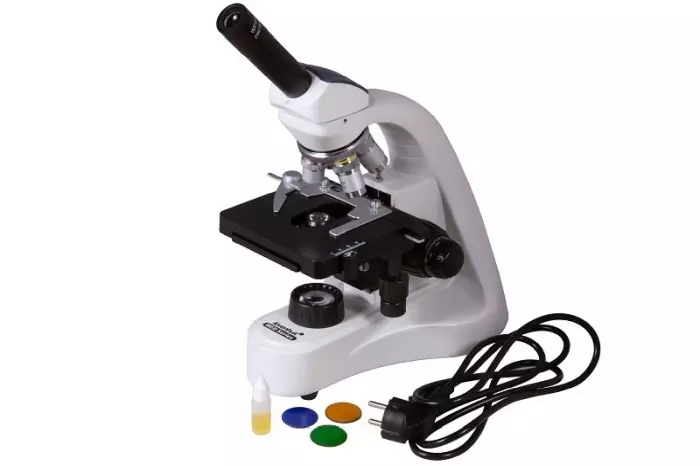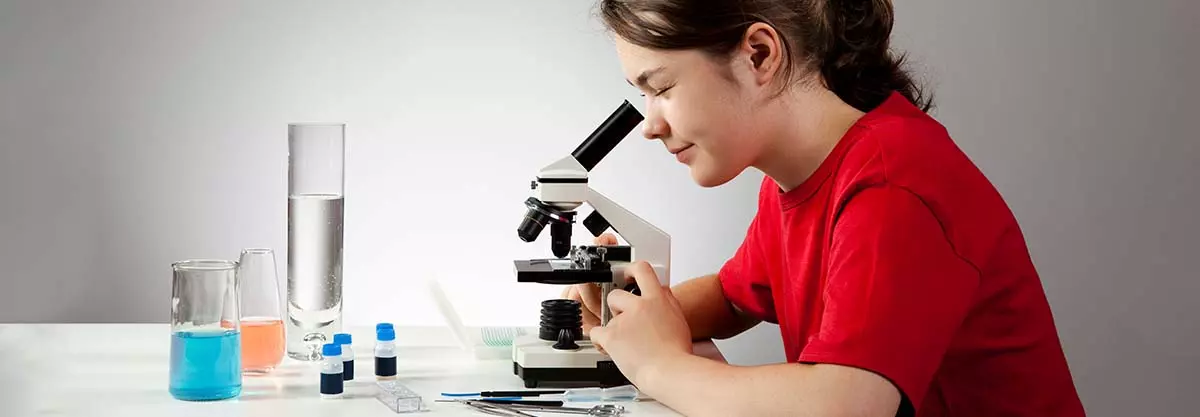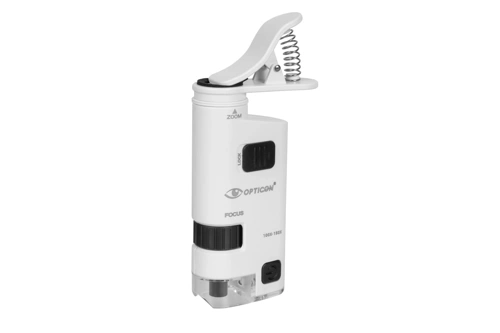Microscope for kids - which one to choose?
For a child, learning is best absorbed through play. And if it involves advanced electronic equipment, then it greatly increases its attractiveness for the young person. That's why it's a good idea to give your child a microscope. Such a gift will surely develop his curiosity and make him gain interest in the world that is invisible to the "naked eye".
Which microscope for a child?
There are a number of products on the market today that can help your child develop his scientific interests or get the urge to conduct experiments. Telescopes for younger and older amateur astronomers are very popular, but in terms of popularity, microscopes for children are right behind them. However, this is not surprising - microscopes provide opportunities to magnify objects that surround us every day, but we cannot see them. With the use of a microscope, a child can conduct his own research!
There are a few universal rules that should be followed in order to choose the right microscope for the age of the child. First - for younger ones, it must not be too complicated, and at the same time it should give solid magnification capabilities. Of course, such a simple microscope does not allow x1000 magnification, but it will be great for observing small insects, leaves, grass, as well as prepared slides.

Microscope can be a great way to encourage children to learn
Second - the older the children are, the more requirements they have for a microscope. While an optical microscope is enough for elementary school going children, a digital microscope, which allows for much higher magnifications, is useful for a teenager. They can be useful not only for their own research, but also for school, such as experiments for biology lessons.
Third - it is worth paying attention to what is provided with the microscope. The kit may include all sorts of aids, allowing you to learn about the microworld right after assembling the microscope. Samples, biological preparations, etc. - even if there are few of them, they will still increase the curiosity of the child, who will start looking for small objects on their own to see what they look like under magnification.
Fourth - it is worth checking before buying whether a given set is upgradeable, that is, for example, whether it is possible to put stronger glassware in the microscope than that supplied with it. This way you won't need to purchase more microscopes, and will turn one into a tool that meets the growing needs of your child and teenager.
What is the best microscope for kids?
Microscopes designed for children and teenagers include dozens of different models. Among all these devices, it is possible to identify a few that stand out for their great performance and affordable price. In this category we can offer, among others:
OPTICON Student - a microscope that is cheap, but allows magnification of more than 1000x. Lighting does not matter. It performs well in artificial as well as natural ones. Therefore, the child can take the microscope with him to the backyard garden or park, where he will make observations on the spot. Excellent image quality is provided by the lenses used in the device. No skills are needed to operate this model.
OPTICON BIOLIFE - is an advanced high-quality microscope. It makes it possible to make magnifications of up to 1024x, and the attention is drawn to the elements used in it. It has a Barlow lens, a rotating eyepiece turret and three good brand lenses of different powers. The device has a switchable diaphragm. This allows you to achieve a high-quality image of any object and sample under study. A scale is also provided to help - thanks to it, you can return to viewing the specimen at any magnification at any time.
Levenhuk MED 10M - there are many factors that may lead you to buy this microscope. The device has an achromatic optics system and precise focus adjustment for brightfield observation. It is a monocular rotating head microscope - this type of microscope is ideal for group studies. It allows you to collect rich information about the object under study - the Abbe condenser with iris diaphragm, light filter holder and lower LED illumination help to do it. It allows you to make observations with immersion oil - and it's worth mentioning that a vial was added to the kit, though.

As the above examples show, we can divide microscopes into two categories: amateur and advanced. Some will only be used to view prepared slides and samples, while others will allow you to take photos and record them. In the telescopesplanet.com store we have microscopes of both types. All the products we offer are high-quality models that will give the full joy of discovering the world to your child or teenager.
We also offer additional accessories that will greatly enhance the capabilities and comfort of using the microscope.
So choose a microscope for your child today and add it to your cart!
Check out similar entries:




